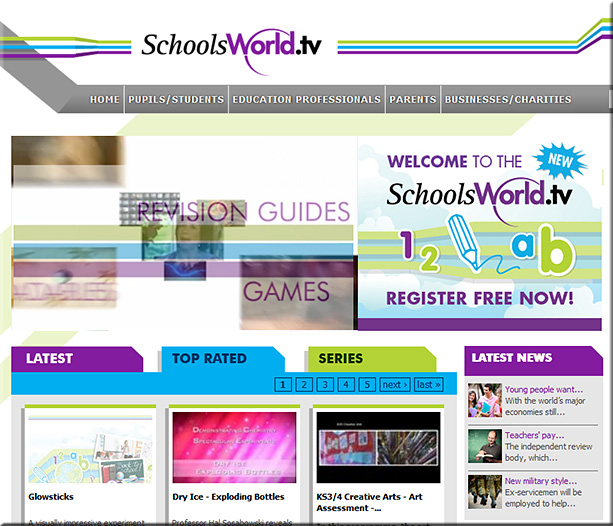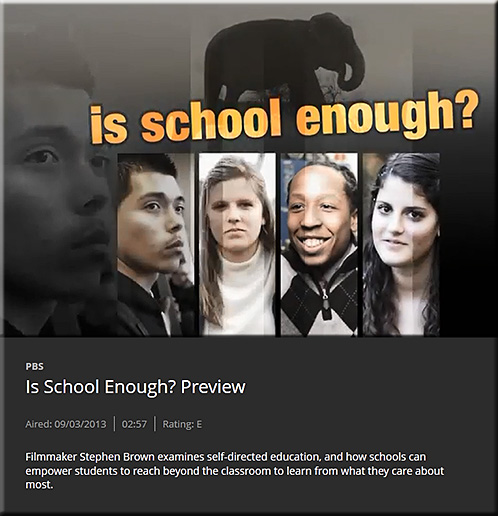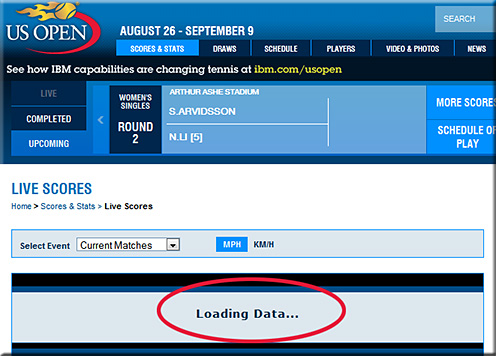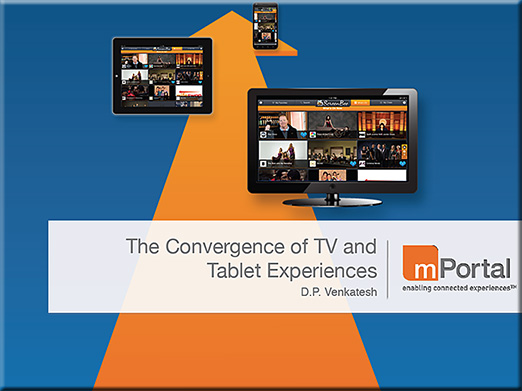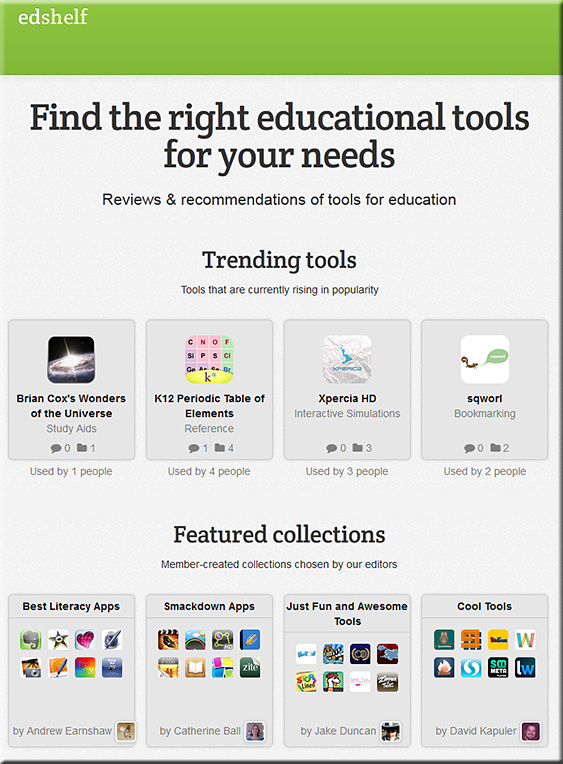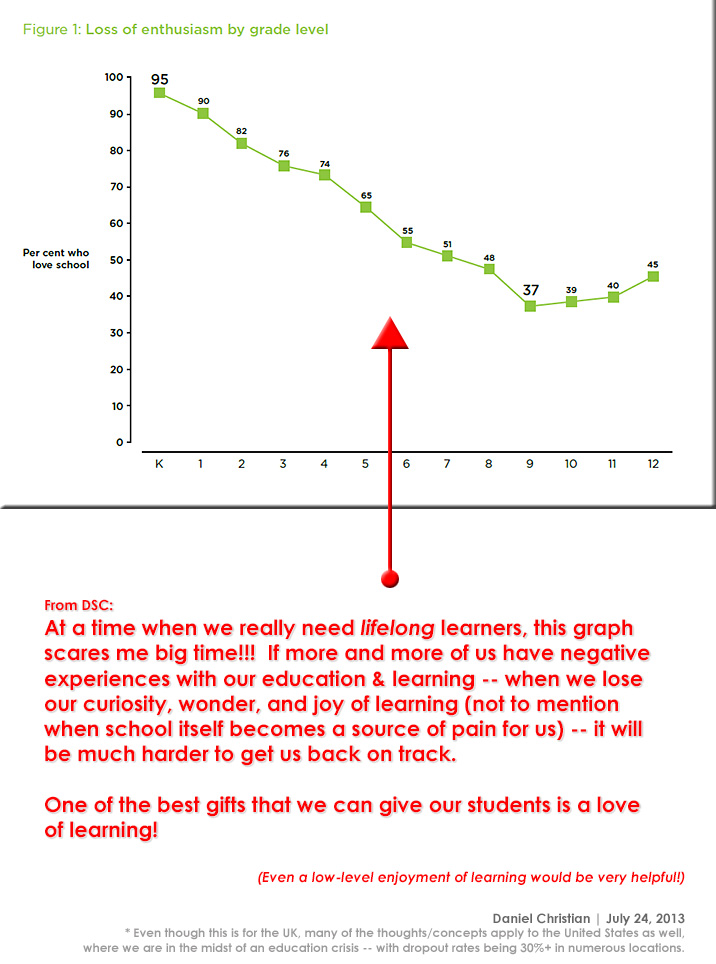How a radical new teaching method could unleash a generation of geniuses — from wired.com by Joshua Davis
Excerpts:
That’s why a new breed of educators, inspired by everything from the Internet to evolutionary psychology, neuroscience, and AI, are inventing radical new ways for children to learn, grow, and thrive. To them, knowledge isn’t a commodity that’s delivered from teacher to student but something that emerges from the students’ own curiosity-fueled exploration. Teachers provide prompts, not answers, and then they step aside so students can teach themselves and one another. They are creating ways for children to discover their passion—and uncovering a generation of geniuses in the process.
“But you do have one thing that makes you the equal of any kid in the world,” Juárez Correa said. “Potential.”
He looked around the room. “And from now on,” he told them, “we’re going to use that potential to make you the best students in the world.”
Paloma was silent, waiting to be told what to do. She didn’t realize that over the next nine months, her experience of school would be rewritten, tapping into an array of educational innovations from around the world and vaulting her and some of her classmates to the top of the math and language rankings in Mexico.
“So,” Juárez Correa said, “what do you want to learn?”
…
“The bottom line is, if you’re not the one controlling your learning, you’re not going to learn as well.”










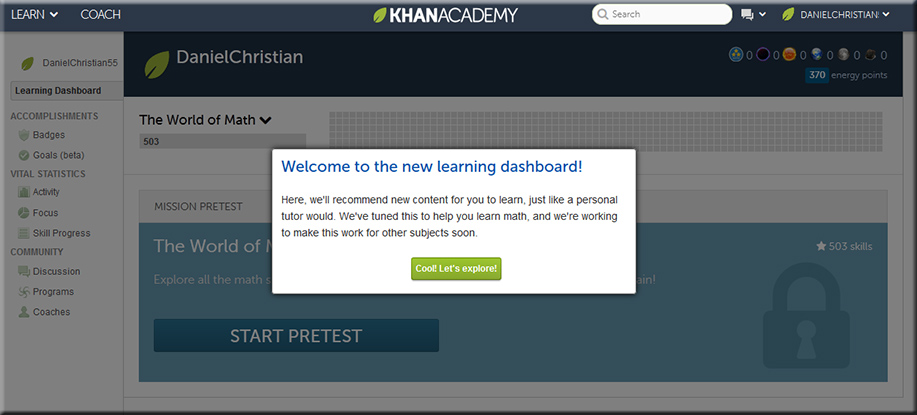

![The Living [Class] Room -- by Daniel Christian -- July 2012 -- a second device used in conjunction with a Smart/Connected TV](http://danielschristian.com/learning-ecosystems/wp-content/uploads/2012/07/The-Living-Class-Room-Daniel-S-Christian-July-2012.jpg)
